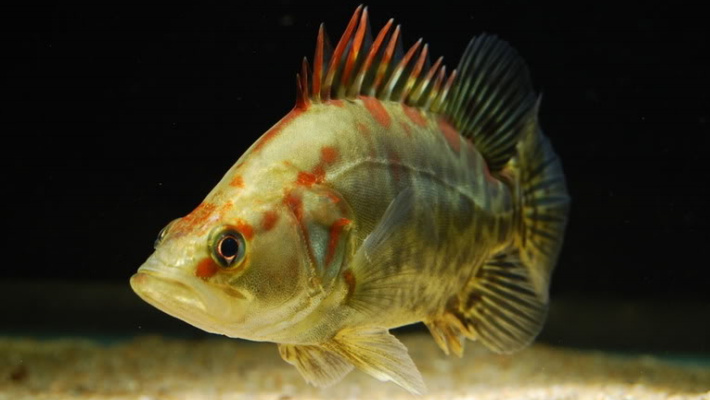|
Already in the 19th century Sabaneev (1960) reported that piscivorous visually guided
zanders, Stizostedion lucioperca,
which eat only live food can nonetheless be caught on dead fish cut into stripes
with the skin and silver scale. Like other visually guided predatory fish,
namely pike, Esox lucius, and perch, Perca fluviatilis, zanders never eat
decaying fish. According to the modern knowledge, zanders could respond in
addition to visual cues to alarm pheromone that released in the water from the injured
skin of fish or from dead fish without injuring their skin (Malyukina et al.,
1980).
Indeed,
dead fish in trolling and other rigs may be used to fish big pike and zander
(Sabaneev, 1960).
In the undirect
winter experiments carried out in the USA by Wisenden & Thiel (2001), predatory fish
active in cold season such as pike, E.
lucius, walleye, S. vitreum, largemouth bass, Micropterus salmoides, and yellow perch, P. flavescens, colud be attracted by the skin extract of fathead
minnow, Pimephales promelas (Cyprinidae).
In the
direct field experiments (Dnipro river in Ukraine, in June) described below,
we found that S. lucioperca could be
attracted by alarm pheromone of roach, Rutilus
ruitlus.
Chemical
stimulus of one type was prepared by squashing 30 g of roach skin together with
the scale in the rough clay mortar and diluted with
the 0,3 liter of river water, without further filtration. Chemical stimulus of
another type was prepared of 30 g of roach flesh without skin in the foregoing
way (according to Malyukina et al., 1980, standard extract of fish skin
contains 1g of skin per 1 liter of water).
To
compare both chemical stimuli, artificial soft lures made of high quality white
foam rubber were used. Lures were in the form of stripes (0,5 x 0,5 x 5,0 cm)
attached at one end to the single hooks (VMC live bait hooks #1/0, short shank).
For more buoyancy, one white styrofoam olive was dressed similar to sabiki on the line leader in front
of each lure.
In
the field, two units of the typical feeder rods with reels, main lines, simple
sinkers and two line leaders, 30 and 40 cm length, with the attached lures were
used. In one rig, lures attached to 30 and 40 cm leaders was soaked with the
skin and flesh extracts, respectively, vice versa in another rig.
Lures
of both types were compared in the typical zander location with the depth of
2,0- 2,5 m at the distance of 15-20 meters from the shore, with the middle flow.
Tests were carried out during two nights from 1000 of evening until 1200
of midnight, skin and flesh extracts in rubber bodies of lures were
resoaked every thirty minutes.
In
total, within two nights 21 bites were obtained. Potential predators, in
addition to zander, were large individuals of chub, Leuciscus cephalus, ide, L.
idus, and wels
catfish, Silurus glanis, all with the
nocturnal type of feeding activity. Among potential predators, 9 individuals of
zander (from 0,8 to 1,2 kg) were caugh, all for lures soaked with the skin
extract (sign test, n = 9, z = 9, p < 0,01). Also, single 3 kg wels was caught for the
same lure.
These data
show the preference of zanders to alarm pheromone of cyprinid fish. According
to Valentinčič (2004),
for wild zanders an odor of the fish flech extract must be indifferent.
Basic References
Malyukina
G.A., Kasumyan A.O., Marusov E.A. 1980. Significance of olfaction in fish
behaviour. Sensory systems: olfaction and gustation, 30-44
Sabaneev
L.P. 1960. Life and fishing of freshwater fish. Prepared on the 3rd edition of 1911. Agricultural Literature State
Publishing, Ukrainian SSR, Kyiv
Valentinčič
T. 2004. Taste and olfactory stimuli and behavior in fishes. The senses of fish:
Adaptations for the reception of natural stimuli. 90-108
Wisenden B.D.,
Thiel T.A. 2001. Field
verification of predator attraction to minnow alarm substance. Journal of Chemical Ecology 28, 417-422
|








 SUBSCRIBE
SUBSCRIBE


